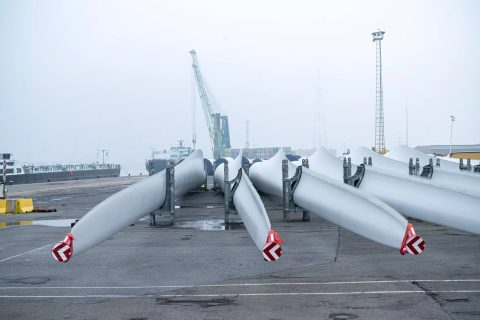
Port of Antwerp-Bruges breakbulk throughput beats geopolitical pressure
Port of Antwerp-Bruges breakbulk throughput beats geopolitical pressure Port of Antwerp-Bruges
Port of Antwerp-Bruges has seen its breakbulk volumes edge up from record volumes in 2021. Conventional breakbulk was up 1.1 percent, reaching 12.4 million tonnes in 2022.
Want to read more?
You have read all of your free premium articles for this month. Please become a subscriber to keep reading.
Subscribe now!
Take advantage of our exclusive offer to get full access to all premium content.




